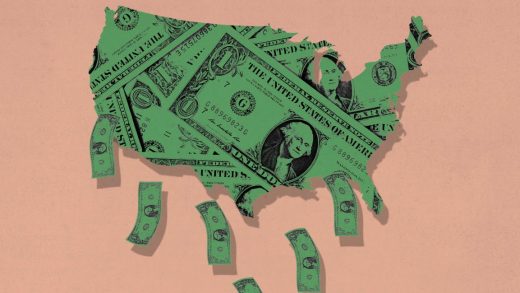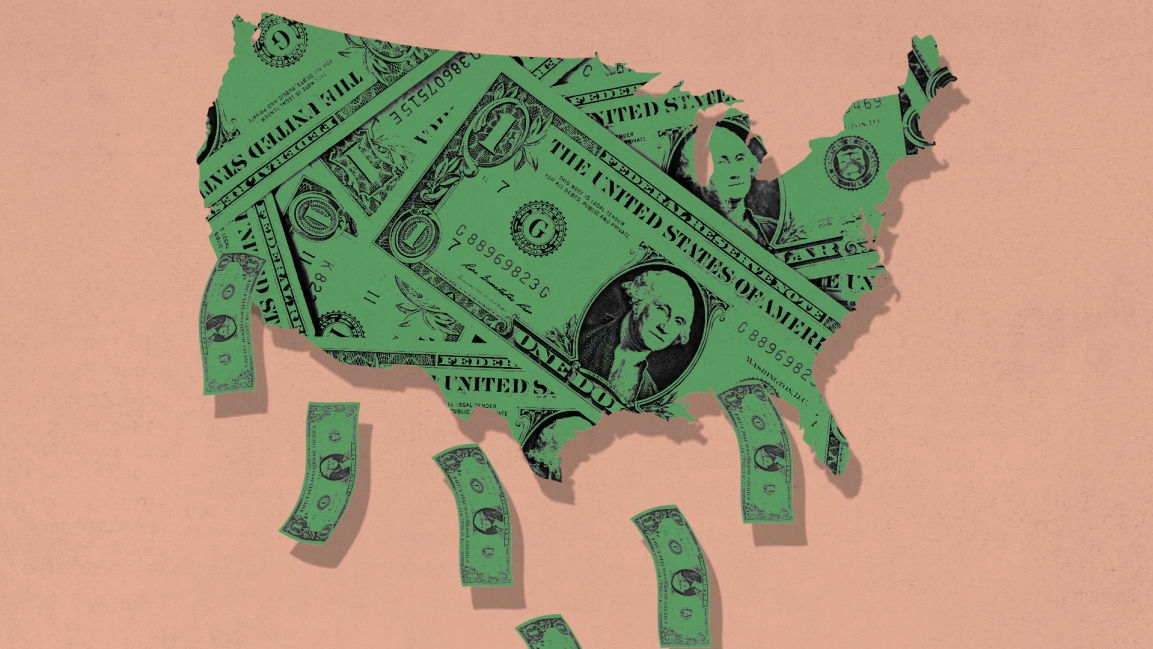Stimulus update: Which payments and benefits are going to be made permanent in Biden’s plan?
It’s been a brutal year for American families, but in the long run, the pandemic may be a turning point away from two generations of American families crushed by childcare and education bills. Hallelujah.
President Biden will formally unveil his American Families Plan in a speech to Congress this evening, and his proposal includes keeping parts of the March American Rescue Plan in action long-term. It’s a smart strategy: Voters will not be keen on relinquishing benefits they’ve grown accustomed to this spring. Here’s what’s staying and what’s not:
Child Tax Credit
Biden’s new plan extends the child tax credit through 2025. Parents who earn up to $75,000 as individuals or $150,000 as couples would receive $3,000 for children ages 6-17 and $3,600 for children under age 6. The credit is paid as a monthly payment from the Internal Revenue Service. It phases down to $2,000 per child for parents earning more than $95,000 as individuals or $170,00 for couples, and it also extends to low-income households paying less than those amounts in taxes. (It’s complicated. See the full explanation here.)
Expanded Unemployment
No dice. This version of the American Families Plan includes only a vague commitment to “strengthening and reforming the system for the long term.”
Stimulus checks
Nada. Nothing. Sorry. Some members of Congress have called for ongoing Economic Impact Payments during the pandemic, but there is not a lot of traction for that at present.
Paid Leave
Yep. This plan builds on paid-leave benefits in the March plan. Over 10 years, it will scale to ensure 12 weeks of paid family, parental, and personal-illness leave and will pay workers a minimum of two-thirds of their average weekly wages up to $4,000 per month.
Child and Dependent care tax credit
Yessiree. The plan would continue the 50% credit for childcare costs of up to $8,000 for one child and $16,000 for two or more. It is available to families making less than $125,000 per year and phases out at $400,000 per year.
As the name of the plan suggests, the rest of its offerings are geared toward families, including:
The plan also includes substantial changes in income tax rates for wealthy Americans to fund the programs. Here’s a great Wall Street Journal summary of what’s what.
Before you get too excited, know that it’s early days: The plan will need to get through Congress, where moderate Democrats and Republicans have ample influence. But it’s a safe bet that significant portions will make it into legislation, perhaps with altered details. Stay tuned.
(25)



